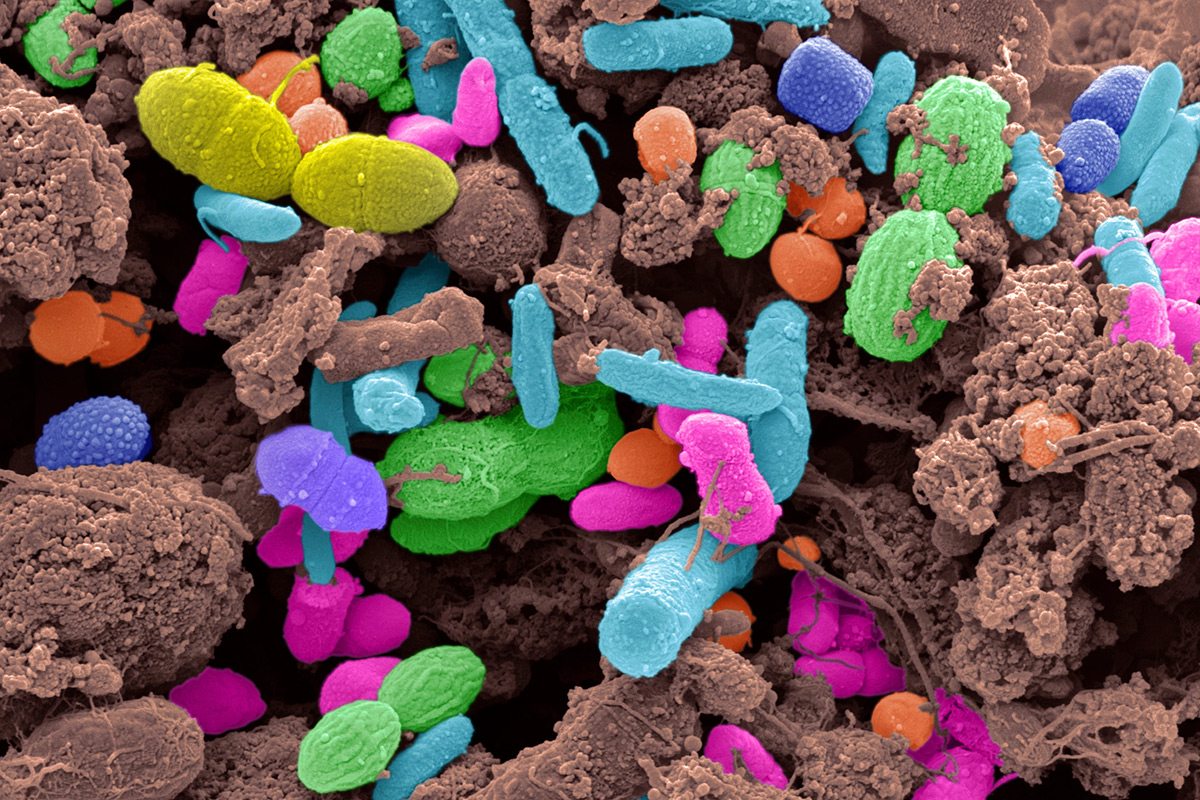“Color Realism”: Bacteria Used to Grow Paints & Coatings
Bacteria might soon come in handy, helping us harness their brightly colored potential to obtain organic paints and coatings.
In the latest study, Cambridge researchers teamed up with a Dutch company called Hoekmine BV to probe genes of brightly colored bacteria and have now unlocked the genetic code behind some of the brightest and most vibrant colours in nature. This study indicates the first investigation to have had a look at the genetics of structural colour – as seen in butterfly wings and peacock feathers.
The results open up the possibility of harvesting these bacteria for the large-scale manufacturing of nanostructured materials: biodegradable, non-toxic paints could be ‘grown’ and not made, for example.
“It is crucial to map the genes responsible for the structural coloration for further understanding of how nanostructures are engineered in nature,” explained lead study investigator Villads Egede Johansen, Ph.D., a postdoctoral researcher in the department of chemistry at the University of Cambridge. “This is the first systematic study of the genes underpinning structural colors—not only in bacteria but in any living system.”
The study looked into how genetic differences can cause changes in the colour and appearance of
certain bacteria: Flavobacterium. Colonies of flavobacterium tend to appear a metallic green thanks to their microscopic structure causing light to be reflected in a certain manner. Scientists are still puzzled as to how these intricate structures are genetically engineered by nature, however.To examine which genes may well be at play in growing the placing colony colours, the staff engineered flavobacteria with explicit mutations, then when put next them to a regulate team of “wild-type” insects. The researchers tweaked genes that altered how giant the bacteria had been and the way smartly they could transfer, which affected the geometry of the colony as a complete. That in flip modified which colour it seemed to be.
“We mapped several genes with previously unknown functions and we correlated them to the colonies’ self-organisational capacity and their colouration,” said senior author Dr Colin Ingham, CEO of Hoekmine BV.
“From an applied perspective, this bacterial system allows us to achieve tuneable living photonic structures that can be reproduced in abundance, avoiding traditional nanofabrication methods,” said co-senior author Dr Silvia Vignolini from the Cambridge’s Department of Chemistry. “We see a potential in the use of such bacterial colonies as photonic pigments that can be readily optimised for changing colouration under external stimuli and that can interface with other living tissues, thereby adapting to variable environments. The future is open for biodegradable paints on our cars and walls — simply by growing exactly the colour and appearance we want!“




























